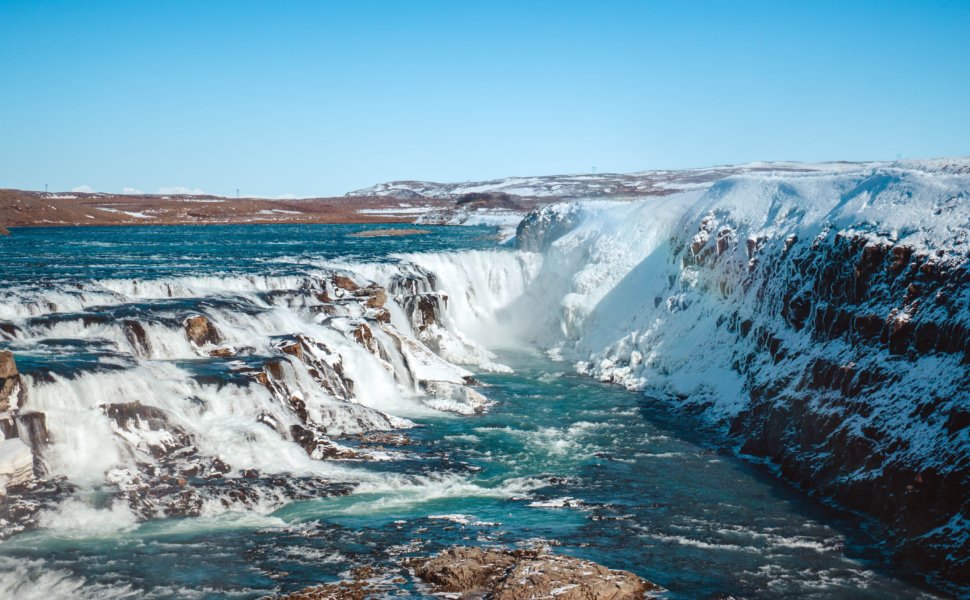If you look at one of our typical Icelandic tour itineraries, the first thing you may wonder is how to pronounce half of the places you’ll be visiting. You may also wonder what, if anything, do they mean?
At first glance, the Icelandic language isn't simple - long words, double letters and a couple of new ones to learn - geography teachers must wish some of the place names were easier to pronounce!
It can help to break the words down and try to understand their meaning, for example Eyjafjallajökull:
“eyja" is “island” - pronounced “ey-ya"
“fjalla” is “mountain” - pronounced “fyatla” (“ll” in Icelandic is said as “tl” in English)
“jökull” is “glacier” - pronounced “yuh-kutl”
So the volcano that erupted in 2010 is the “Island Mountain Glacier” and its name is “ey-ya | fyatla | yuh-kutl”
Easy!
Here’s another example - Reykjavik. Fortunately it is easy to say and it's made up of 2 words.
The “Reyk" part means “smoky” which you’ll notice when you arrive - the earth is literally smoking in places, clouds of steam rising into the sky. “Vik" means “bay”, so Reykjavik is “Smoky Bay” and this gives the capital a whole new feel when you know what the words mean.
The peninsula where Reykjavik is located is called “Reykjanes”. "Nes" means “peninsula” so it’s not just the city that’s smoky, it’s the entire area, which is known for its geothermal activity.
You’ll see the word “foss” a lot in your itineraries. This means “waterfall” as in Skógarfoss (“forest waterfall”), Gullfoss (“golden waterfall”) and Seljalandsfoss (“Seljaland’s waterfall”)
From above you'll now know that “jökull” means “glacier”. You’ll also see this in Sólheimajökull (literally “world of suns glacier”) and also in Jökulsárlón where the "ár" means river and the "lón" means lagoon. So literally “glacier river lagoon".
Continuing with the “ll” theme, another word that’s good to know is “vellir” (pronounced "vetlir") meaning “fields". You'll almost certainly visit Þingvellir national park during your trip, a stop on the Golden Circle tour.
The "Þ" is pronounced "th" in English, so Þingvellir is "Thingvetlir". "Þing" means "assembly" or "parliament", Þingvellir ("assembly fields") being a place where viking chiefs would go to hold meetings and make important decisions.
Another letter unusual to English speakers is the "ð" which is pronounced just a little softer than the letters "th" in English. You'll come across this letter in Kerið Crater, a "ker" or "kar" being something that holds water or food. Bathtub in Icelandic is "baðkar" (bað = bath). You'll also see it in Hveragerði, the name of a town in Southern Iceland, and Hellisheiði power station.
If you're interested in reading more about the quirkiness of the Icelandic language, check out this link about the word "jæja", the most important all-purpose Icelandic word you can learn.
And the longest Icelandic word? We like this one: "vegavinnuverkamannaverkfæravinnuskúr" meaning of course "road and construction men's tool and work shed".
Icelanders can always spot a TCBC school tour to Iceland, we are the groups who can always pronounce everything :)

